Speaking of lactating…
I love milk. I love drinking it. I love baking with it. I love butter. I love cream.
Shaye + cows = love.
You may have noticed that I have not yet blogged about my new years goals. Well, here is one of them:
Drink raw milk.
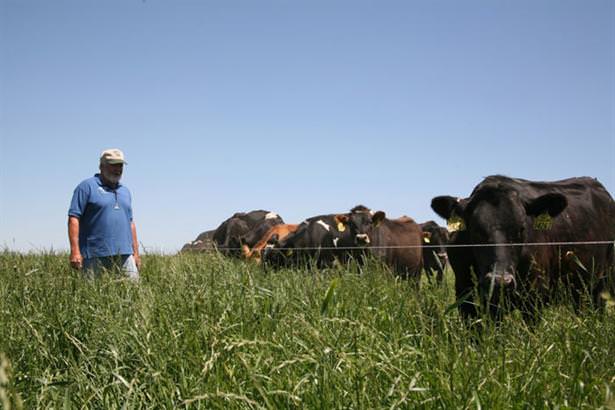
Photo Credit: Pride and Joy Dairy
Before you curl up into a shriveled ball and die of shock, please, let me explain. Before I got pregnant, Stuart and I were drinking raw milk. Luckily, in our state, it's still possible for dairies to sell raw milk. After I found out I was pregnant, we took a hiatus from the raw milk, as pregnant women's immune systems are easy compromised (it's better to steer clear of unpasteurized dairy products while pregnant!) But now that I am no longer a big-bellied-giant, I'm ready to give it another go.
I can hear what you're thinking:
Shaye, why are you drinking raw milk? Gross! Isn't there like nasties in it and stuff?
To which I say, raw milk is good for you! Milk is rich in omega 3 fatty acids, amino acids, beneficial enzymes, vitamins, minerals, and even beneficial bacteria. Think about the great benefits everyone recognizes in yogurt. It has bacteria, but it's good for your guts! Raw milk is much the same. It is much more digestible than pasteurized milk because of all these bacteria goodies inside! We've been taught to fear bacteria (and not to say that there aren't harmful ones!) but there are also lots of good ones as well. Picture this: lots of live little bug-looking-bacteria that swim around in our systems and aid in productive digestion of our food. Pretty cool, huh? I found a great resource for Real Milk Facts here. And here. And here, too. There are a million sites that you can visit – and I encourage you to! Do the research yourself – don't just take my word for it! I'm a crazy milk nerd, remember?
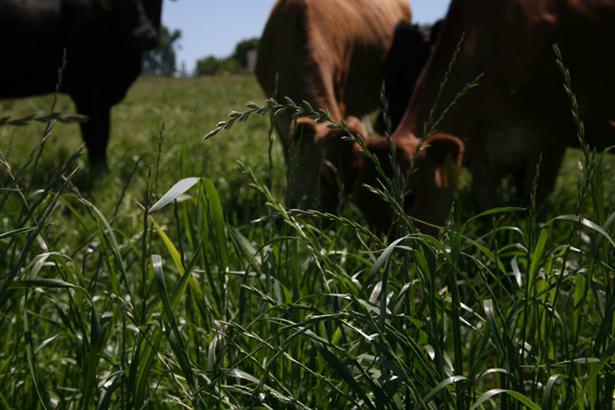
It's important to remember that where you get your raw milk is very important. The standard commercial dairy is not designed for raw milk. Cows that are used for raw milk eat grass, which benefits the bacteria in their stomach, which then passes along through the milk. They have a much lower pH level in their stomach than cows that are fed grain. Fresh air, how much grass they eat, and production expectations are all important factors for making healthy milk. Think about a woman's milk: What we eat greatly affects what our milk tastes like, what the fat content is, what “goodies” are in it, etc. If we are deficient in nutrients, so is our milk. It's important to obtain your raw milk from a dairy that practices things such as low-stress handling of the cows, pasture rotation and grazing, and no antibiotics or growth hormones because all of this is passed through the milk.
Pasteurization (or even recently, Ultra-Pasteurization -Yikes!) is the heating of the milk to kill off all the bacteria. This was initially put into practice so that the milk would have a longer shelf-life. But beneficial bacteria, vitamins, minerals, and enzymes are lost in the process. That is why typically Vitamin A & D are added back into the milk. The milk is then homogenized, which “unifies” the milk and the cream so that it doesn't separate. But if it doesn't separate, you can't scoop the cream off the top and put it over peaches. Or in your oatmeal. Or make butter. And that's just a shame! Even though we don't realize it, milk has become a heavily processed food.
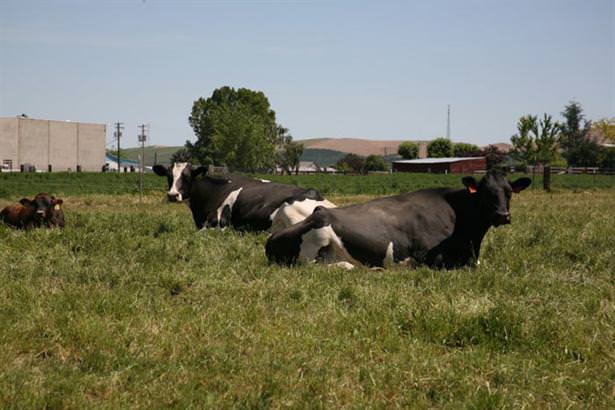
Photo Credit: Pride and Joy Dairy
I've visited many a commercial dairy in my day. Remember my major in college? B.S.in Animal Science, baby. While I specialized in beef production, I also learned a fair amount about the ‘ol dairy cow. I know that commercial, standard, pasteurized milk is cheap. Really cheap. And it's easily accessible. But have you thought about where that milk comes from? Have you visited the dairy and seen the practices of the farmers? Have you seen the cows udders that almost drag on the ground because they are pushed to produce too much milk? Or the amount that are culled into the sick pen? Cows like grass. They like fresh air. They like dirt and soil. They like to graze. God designed cows to forage. Let them eat cake! Errr… I mean, grass!
While it's not always possible for us to obtain, when we are able to, it's a real treat on the homestead. It's real milk…cream and all. You can easily make your own butter (I'll show you how this weekend after my delivery!), your own buttermilk, and your own cream. Real milk has fat. But I don't care because it's good fat. God designed it to have fat. I have a food motto that I will share with you:
Fear the fake, not the fat.
(Copyright 2010. Just kidding. But someday I'm going to write a book on this and make enough money to buy my own dairy cow!)
Fear the slurpee. Not the handful of fatty walnuts.
You can stick that in your back pocket for later. I shall now step down from my soap-box.
Find raw milk in your area by visiting this website. If you live near me and want to give it a go, let me know. I'll teach you the secret handshake and hook you up.
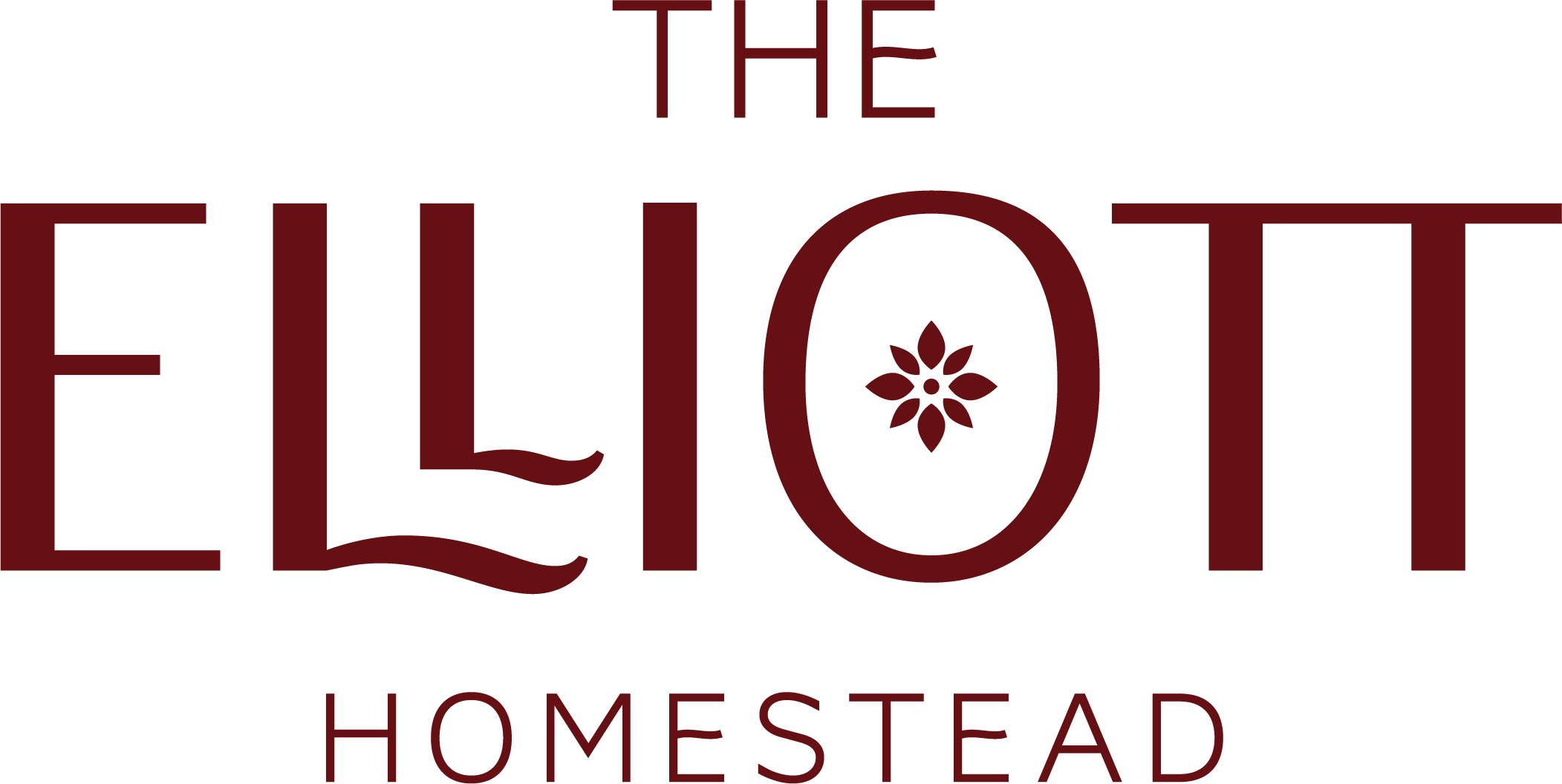



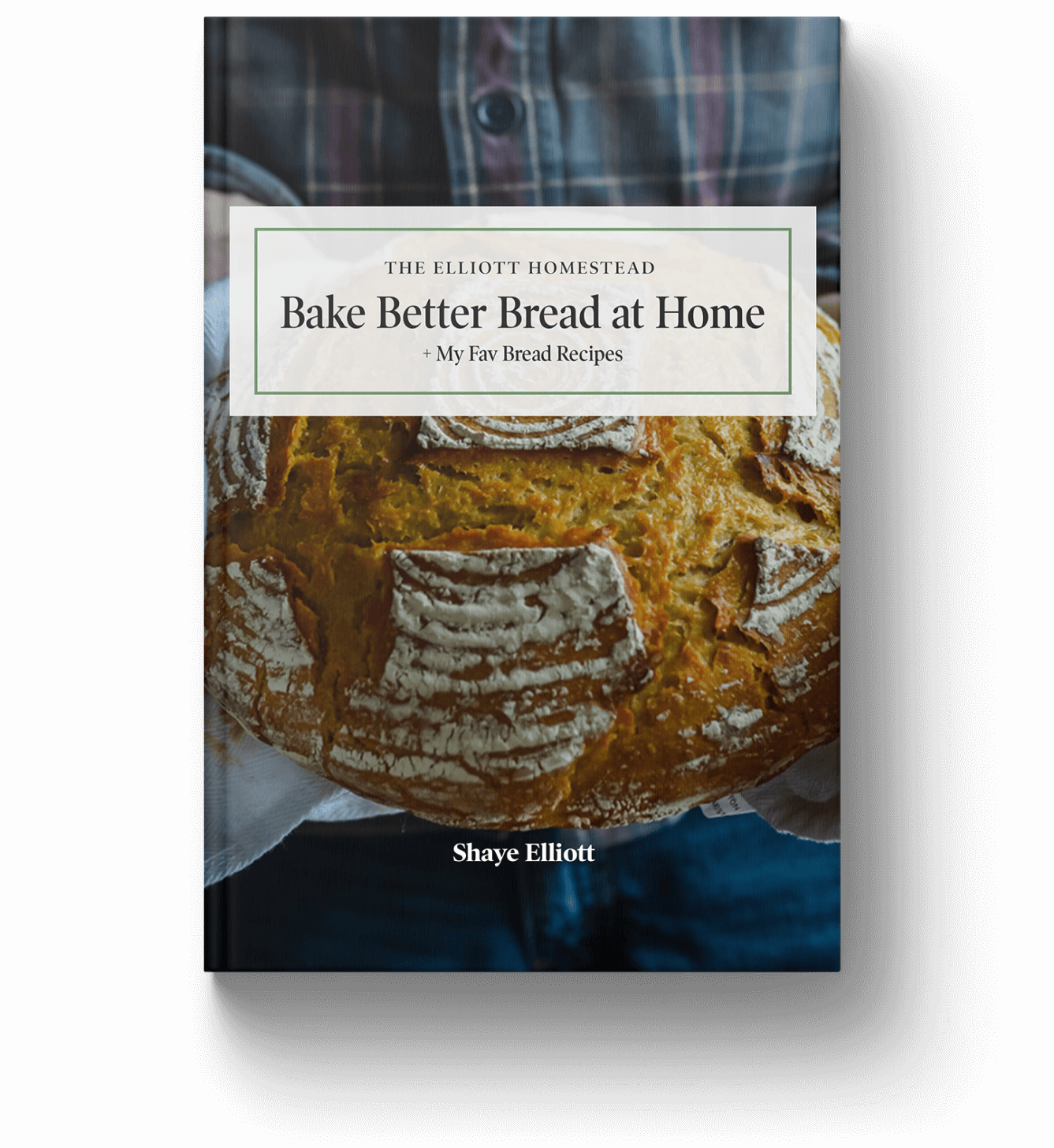
You definitely need a secret handshake to get the hook up on raw milk here. It’s such a shame that such a wonderful, nutritious creation given to us from God (for our good!) is now a black market commodity in so many states, including my own. Call me a lawless rebel, but I’ll take underground raw milk over dead store-bought yuckies any day!
You are a lawless rebel Kendra! Who would have ever thought we would need to bootleg milk.
I realize this post is a year old but I just have to write that in good ole’ lancaster county pa (amish country) Our raw milk is much cheaper than store milk! If we drop off our gallon glass jar it’s 2.50 to re-fill!! It’s a simple pleasure in my life to drive 2 miles away on back country roads through a vinyard and around the creek bend to pick up my milk in a big glass jar! I am with you on this post shaye! It’s the best tasting milk in the world!!
So great to see other people aware of the benefits of raw milk! It really frustrates me how much bad press it’s been getting lately. My family bought raw milk from a local farmer for a couple of years, but we’re now lucky enough to have our own dairy cow!
Hey, Shaye (and other readers!), I’m new to the real foods lifestyle and still a little freaked out about raw milk. From the facts I’ve read, raw milk seems like a safe choice, but whenever I mention it to non-real foodists they look at me like I’m crazy. According to them, I’ll instantly get salmonella. Have you (or anyone you’ve known) ever been sickened by raw milk? Do I have a reason to be hesitant??
No more reason to be worried about raw milk than drinking regular milk, or eating spinach, or heck – even peanut butter! I’ve never known anyone that has been sickened by it, though on the contrary, I’ve known plenty of people who get sick from ultra pasteurized milk! 😉
Yay for Raw milk!!!
(I’m loving your blog, btw!!!)
I keep dairy goats, just enough milk flowing for our family. I’m the super-weirdo that is still drinking raw milk through my pregnancy. But I am the only person that deals with the process, from feeding & pasturing the goats, to milking and sterilization & cleanliness. I have been milking for probably 8 years now, and have never gotten sick from my milk, and never expect to.
That being said, I would be terrified to drink raw milk from a typical commercial dairy, ew. The confined, dairy & meat animals are where the really scary germs are created (yes, created!) because of what you mentioned about the animals eating an unnatural diet of corn and messing with the PH of their digestion… hence creating super-bugs like e-coli 0157.
It is so hard to get ‘real’ farm raised/grown foods, with how restrictive the laws are. I understand why the laws originated (people in cities keeping food animals in basements and tuberculosis in the milk at the turn of the last century), but it is very sad that it is illegal for a farmer to sell his surplus milk to a neighbor.
We just had a ‘farm day market’ for our local Grange, and I and all the other people who produce a little extra decided not to have stands, because the grange was enforcing the Ag regulations (CDFA etc, that required certification and classes and totaled about $1000 plus $500k insurance coverage) to sell a few eggs, or veggies or honey. At least honey keeps well! but so silly to not be able to sell anything publicly without major ‘business’ commitment. Kids can’t even legally have lemonade stands anymore.
I wanted to share this with you. I had the fortunate opportunity to be a dairy farmer for a few years early in my life (19 yrs old). I went from city to country and learned how to be a dairyman. I even went to Ag school! On the farm, we drank raw milk daily. There were 10 children that were raised on raw milk and other farm products. They were rarely ill and were the picture of health.
I learned a great deal about life from the farm. I learned the Law of the Harvest.
I humbly submit it for your review
There are many references by Jesus about the harvest. If we understand the laws of the harvest, we will be in a better position to understand the abundance our Lord has for us if only we will follow His Guidance and believe in Him.
• Preparation is everything –
• The soil must be prepared before the seed can be planted.
• Do all the arduous work first.
• Removing obstacles such as rocks and tree stumps will allow the seed to take root in good soil.
• Timing is everything –In farming, clocks are not as important as God’s timepiece.
o Seasons –There is a time to plant (Ecc 3:2) and if we ignore this and plant in the wrong season there will be no crop to harvest.
o Morning, noon and nighttime are the only real times we need to know.
In the morning, there are morning chores
Midday there is lunch and field work
In the evening there are final chores and rest.
o There is a time for everything Under the sun (Ecc 1:9).
• Six days for work. There are enough days in the week to do everything.
• Rest is important both physically and spiritually; without it we fail.
• Sow good seed –
o Sow your seed in the morning (Ecc 11:6).
o If we have good seed and we have prepared correctly, we will have strong plants that are resistant to weather, insects and the normal problems faced in life.
o Patience – Once you have prepared correctly, planted on time and sown good seed, you need to be patient.
You cannot pull a plant out of the ground to see if it is growing!
o Let God’s timing (which has been built into everything), bring forth an abundance that is truly remarkable.
• The Harvest – God has built an incredible abundance into every living thing. We can see His abundance in everything, even the humble grain of corn. (Jn 12:24)
o For example:
A kernel of corn, if planted properly will yield a stalk of corn over six feet high with four to five ears of corn.
Each ear has 16 rows averaging about 800 kernels of corn.
Each plant then produces 3,200 to 4,000 kernels of corn.
You need approximately 1,000 ears of corn to plant a one-acre field.
A one-acre field will produce 100 bushels of corn or approximately 7,280,000 kernels of corn.
In two years you could plant over 7,000 acres of corn from just one kernel.
If God’s abundance is that incredible in a grain, think about the abundance He has put into us. If we follow His laws in obedience and faith, and plant His word in the hearts of the unsaved, we can reach people with the same productivity, if not more, than the humble kernel of corn.
I’m a little late on the raw milk stuff but I am very interested in trying. Shaye, I know your milk comes from a cow but what is the difference in goat vs cow? I live in rural North Mississippi and there are not many dairy cow sources but I have a friend that has goat milk I can try. Just interested in your input. Thanks so much!